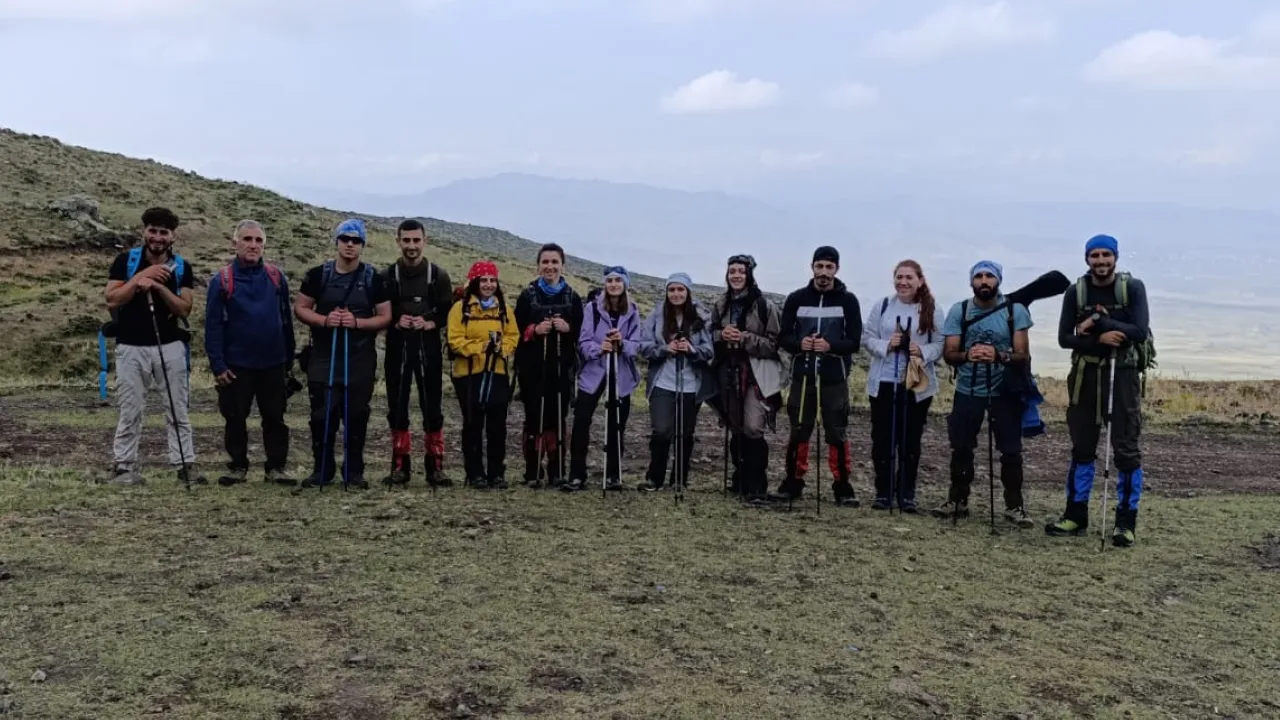Mount Ararat is a snow-capped and extinct compound volcano in easternmost Turkey. It consists of two large volcanic cones: Great Ararat and Little Ararat. At 5,137 m (16,854 ft), Great Ararat is the highest peak in Turkey and the Armenian Plateau; Little Ararat is 3,896 m (12,782 ft) high. The Ararat massif is about 35 km (22 mi) wide at the base of the earth. The first recorded efforts to reach the summit of Ararat were made in the Middle Ages, and Friedrich Parrot, Khachatur Abovian and four others made the first recorded ascent in 1829.
In Europe, the mountain has been known as Ararat since the Middle Ages, when it began to be identified with the ‘Mountains of Ararat’, identified in the Bible as the place where Noah’s Ark stood, despite claims that Mount Ararat is not specifically mentioned in Genesis 8:4.
Although located outside the borders of modern Armenia, the mountain is the main national symbol of Armenia and is recognised by Armenians as a sacred mountain. It features prominently in Armenian literature and art and is a symbol of Armenian irredentism. It is depicted on the coat of arms of Armenia together with Noah’s Ark.





